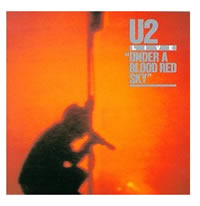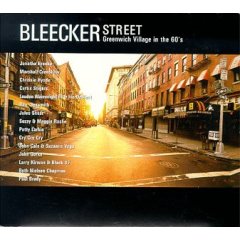 I know exactly where I was the night of June 5, 1983: I was freezing my butt off, soaked to the bone but ignoring my discomfort because I was in musical heaven, surrounded by huge sandstone rocks on both sides, a stormy sky above and a hungry young band called U2 just hitting its stride in front of me, its members playing their hearts out despite the crappy weather.
I know exactly where I was the night of June 5, 1983: I was freezing my butt off, soaked to the bone but ignoring my discomfort because I was in musical heaven, surrounded by huge sandstone rocks on both sides, a stormy sky above and a hungry young band called U2 just hitting its stride in front of me, its members playing their hearts out despite the crappy weather.
That concert was captured on an EP (for you post-CD fans, “extended play” releases were vinyl records with fewer songs than a full album but more than just a single with a flipside) and a video, both titled “Under a Blood Red Sky.” The audio recording was actually a compilation of tracks recorded at Red Rocks and elsewhere during the same tour; the video was all filmed in Denver.
The combination of the two established U2 as world-class big-time rock stars, not the scrappy new-wavers who played clubs and small theaters. MTV loved the energetic performances amidst the dramatic, almost otherworldly, setting. Radio stations caught on to the band’s talent, and U2 hit their stride. In the years since, the concert was hailed as a seminal moment not just for U2, but for pop music: Rolling Stone magazine named it to its list of the “50 Moments that Changed Rock and Roll.” Continue reading






 Various Artists
Various Artists





